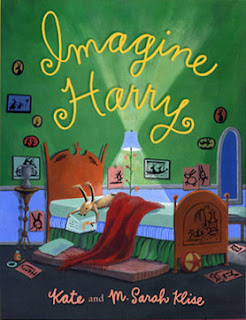"When life is confusing,
and our way seems unclear,
The horizon is distant
but our friends will stay near."
We are Together seems like the perfect for our times right now (COVID-19). Each page celebrates our humanity.
As you can see in the example above each page has four lines of text following the format of alone then together. Here are some of the other lines that resonated with me:
"If storm clouds gather,
and we'e caught in the rain,
Let's splash through the puddles
till the sun shines again."
"Hear the song we sing
to encourage and inspire.
If we all sing together,
one voice becomes a choir."
The pages of this book are die cut so each one reveals sets of children peeping into the scene culminating on the final spread where we see all the children together.
This is a book to treasure in a library and on your family book shelves.
If you don't know the work of Britta Teckentrup from Germany I recommend you add her name to your list of illustrators to explore. Her work is enchanting. Taking a look at her body of work I have discovered Britta did the covers for books I have read in the past and loved such as Dog by Daniel Pennac and Love Ruby Lavender by Deborah Wiles along with a page the new book Kind. Here are some picture books and non fiction titles previously mentioned on this blog:























































